#caffarella
Explore tagged Tumblr posts
Text

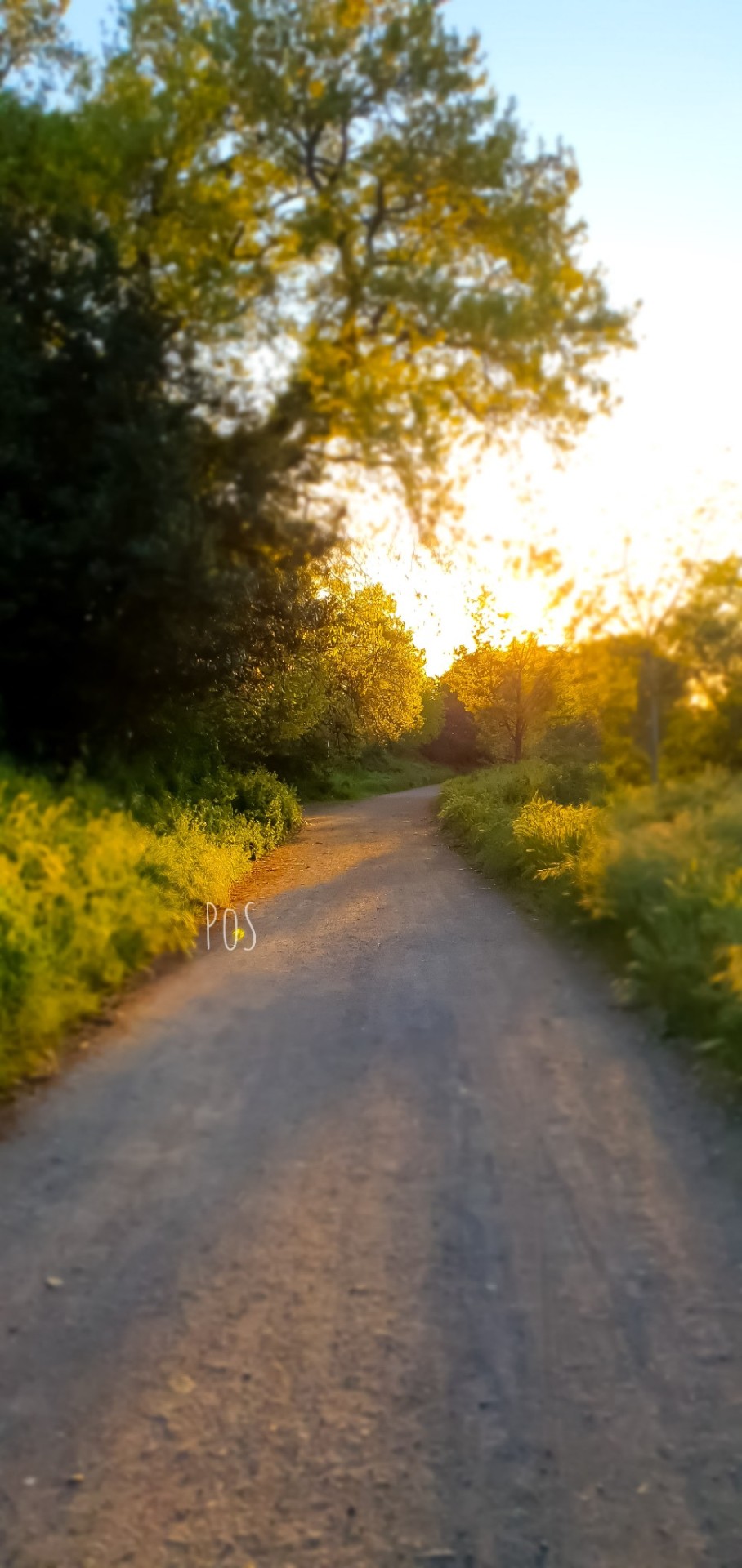

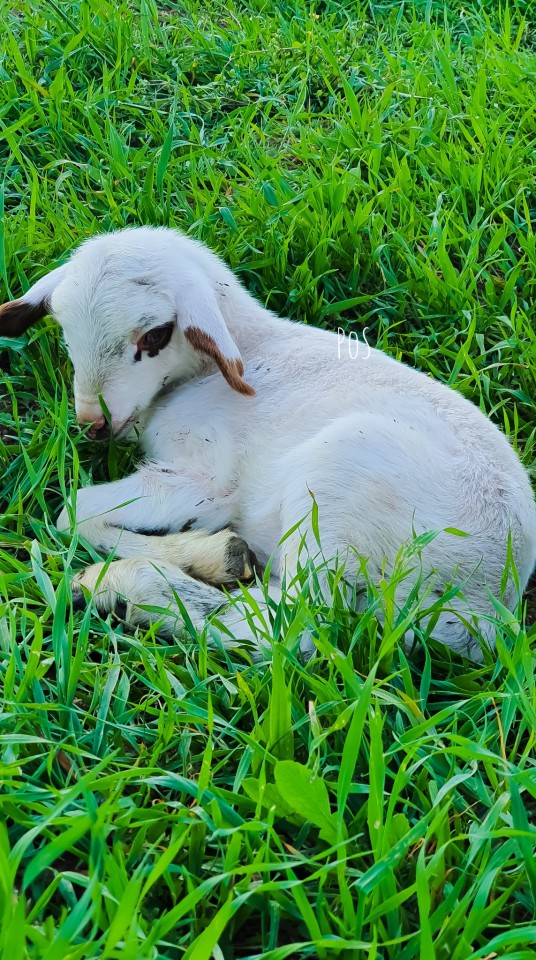
The April awakening
By Prince of Sayan
54 notes
·
View notes
Text
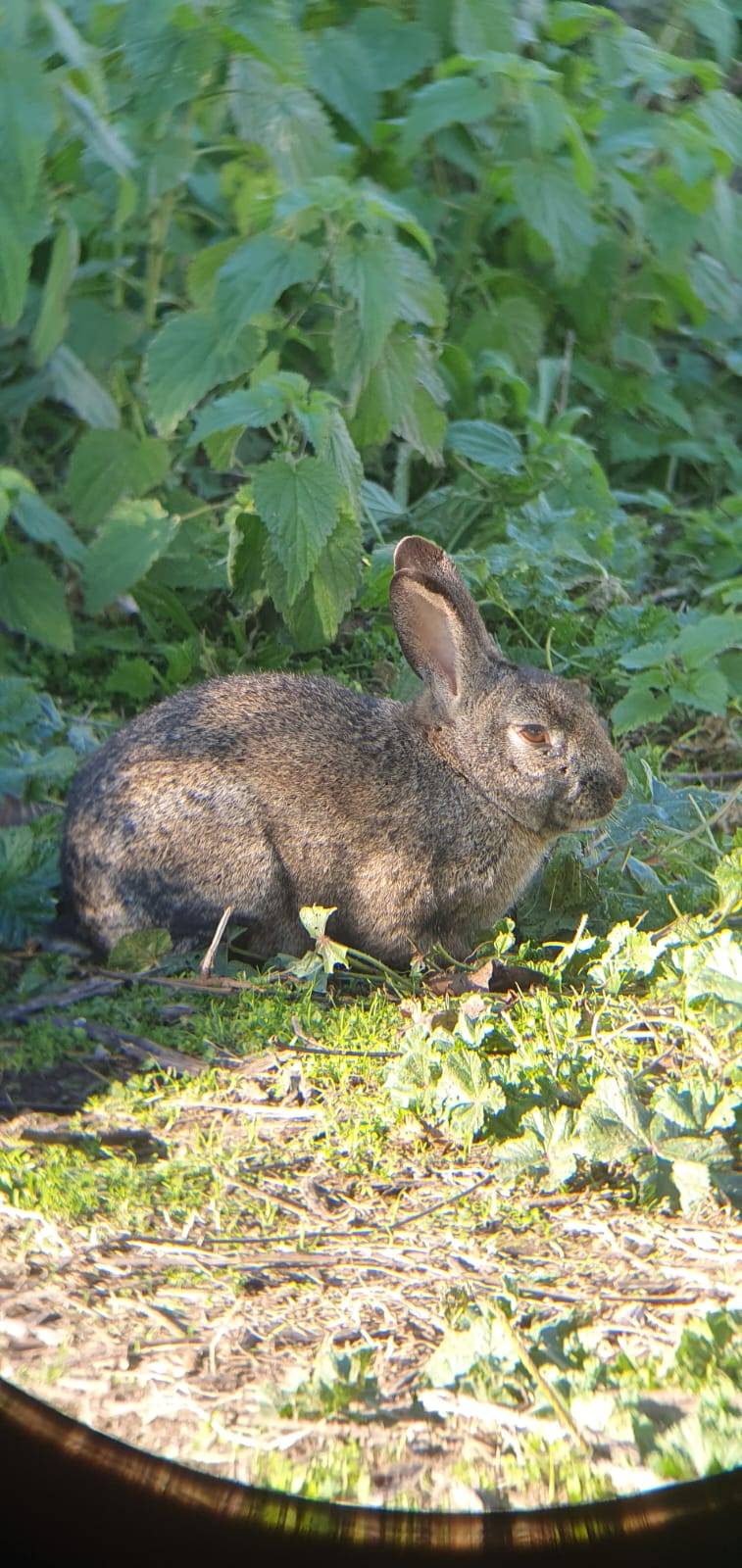

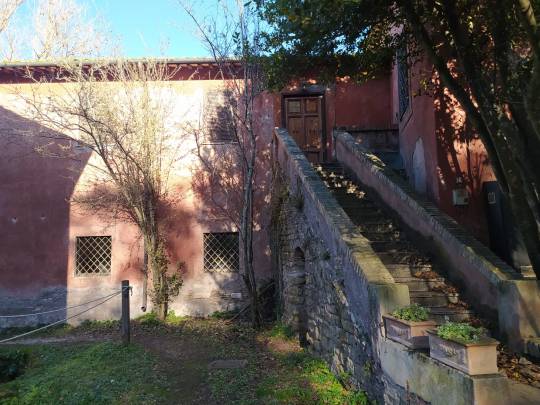
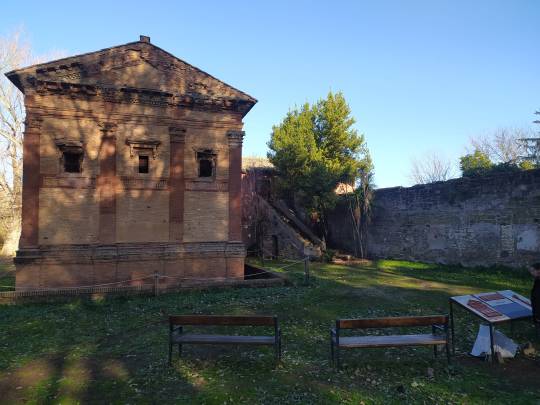
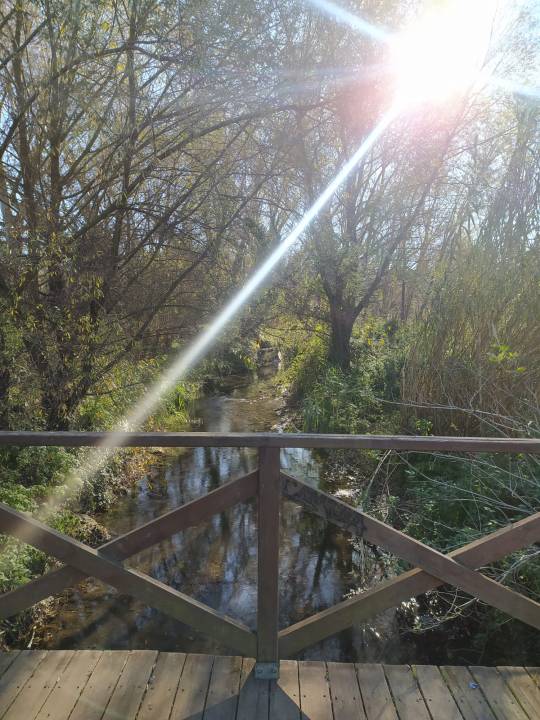
"The Caffarella Valley borders the Latin way (via Latina) to the north and the ancient Appian Way to the south. It extends lengthways from the ancient Roman Aurelian’s Wall up to via dell’Almone. Today it is an oasis amidst sprawling high-rise buildings comprising a fascinating mix of archaeological and ecological wonders set in a picturesque rural landscape. This includes green fields, ancient monuments, old farm buildings, woods and ponds all merging into a single, unifying complex of uppermost importance not only for its immediate neighboring communities, but for the community as a whole as well as for scientists worldwide."
#caffarella#roma#appiolatino#rome#parcoappiaantica#parcodellacaffarella#appiaantica#natura#ig#parcodegliacquedotti#allenamento#onelanguagecentre#italia#nature#bespecialbeone#appia#training#artimarziali#vialatina#travelphotography#difesapersonale#appianuova#villalazzaroni#italy#preparazioneatletica#italian#istruttore#artemarziale#caffarellapark#reginaviarum
2 notes
·
View notes
Text



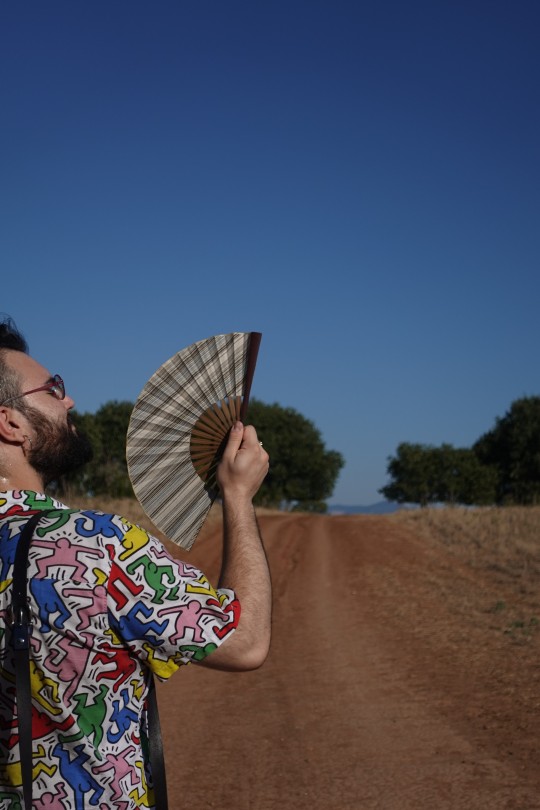
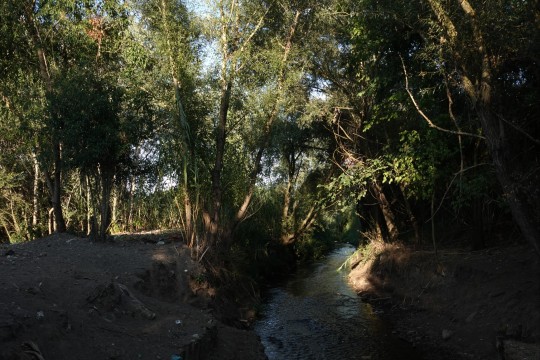
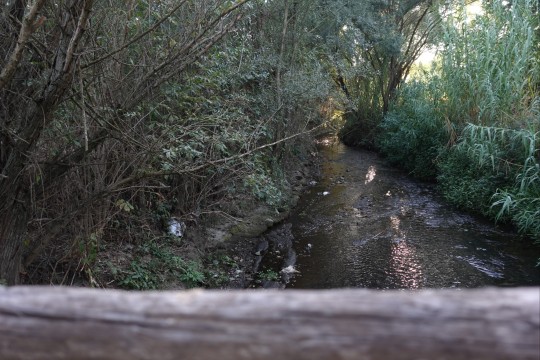
tales of a sunday in the park ✨
#mine#my photos#rome#parco della caffarella#husband#sunday#august#sun#nature#urban park#sony rx100#sony rx100m5
12 notes
·
View notes
Text
Perché sei io chiamo un numero verde per avere delle normalissime informazioni devo essere presa a pesci in faccia dal tizio che mi risponde? Non è forse formirmi informazioni quando lo chiamo l'obiettivo di avere un numero verde?? Io boh.
#e niente se trovate un naso da clown lungo dalle parti della caffarella è mio#mi sarà caduto ieri dallo zaino insieme al portafogli#che palle rega#almeno il carabiniera quando ho fatto la denuncia voleva palesemente parlare di anime#non chiedetemi come ci siamo arrivati ahahahahahah#non so cos'è oggi ma ho un errore per tag ahagsjasgakhslajsksjsl#mi rifiuto di riscriverlì però#amen
4 notes
·
View notes
Text
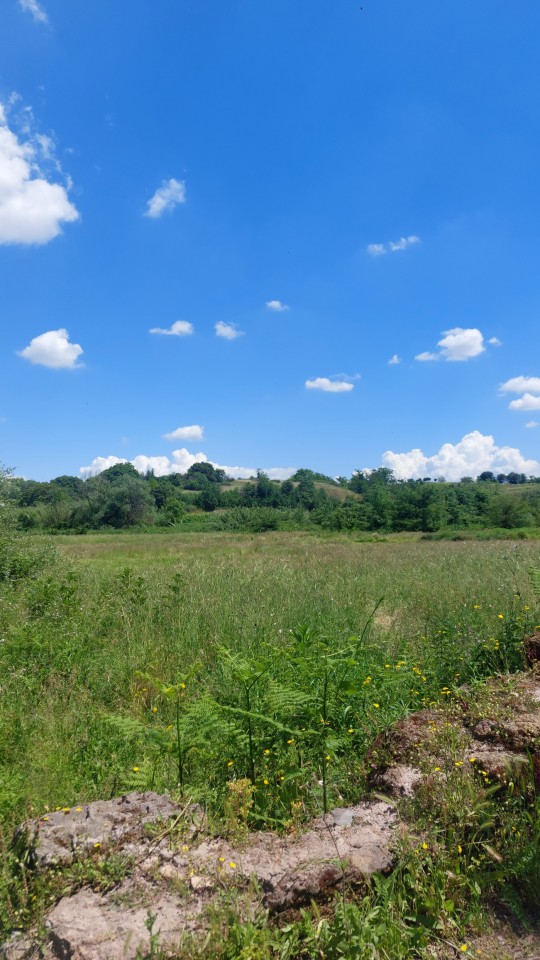
Parco della Caffarella
Rome, 05/10/2025
Photo by Lisa Vitale
#photography#urban photography#italy#landscape#original photographers#photographers on tumblr#rome#nature photography
196 notes
·
View notes
Text

Rome, summer 2022
Parco della Caffarella
#photography#art#art photography#ettore biondo#street photography#inspiration#travel#travel photography#wanderlust#wandering#architecture#cityscapes#sunset#rome#italy#italia#decisive moment#streetphotography#modern art#canon#canon photography#reflex#roma#animals#rabbits#cute animals#cute#black and white#blackandwithephotography
10 notes
·
View notes
Note
Okay this is weirdly specific and obvs if the answer requires doxing yourself don't answer but hjdkfg fave places to go running at? I started going on more walks and it's so fun to explore the local space!!
no worries! I'm very alright with telling people I live in Rome, a city of 3 million people. you can all have that for free etc. (actually, I'm very braggy about it. borderline obnoxious, ngl. Think the Italy equivalent of a New Yorker)
Also!!! I LOVE THIS QUESTION SO MUCH. It made me go through Strava history and dig some running pic I took.
the appia antica route!
if you (generic you) are ever in Rome, there's a lovely green area along the old Appia way that's great for running but also for picnics. My favourite local road race (coming up next month!!) is partly along that route and it's SO beautiful. It's one of those places that make you feel you're genuinely grateful you have a body to move around in and experience the wind and the sun and the mosquitoes in your teeth and the achy calves from doing a few km on cobblestones. It's a very large green area (Appia Antica / Parco degli Acquedotti / Parco di Tor Fiscale / Parco della Caffarella) and there are so many fun trails and paths.
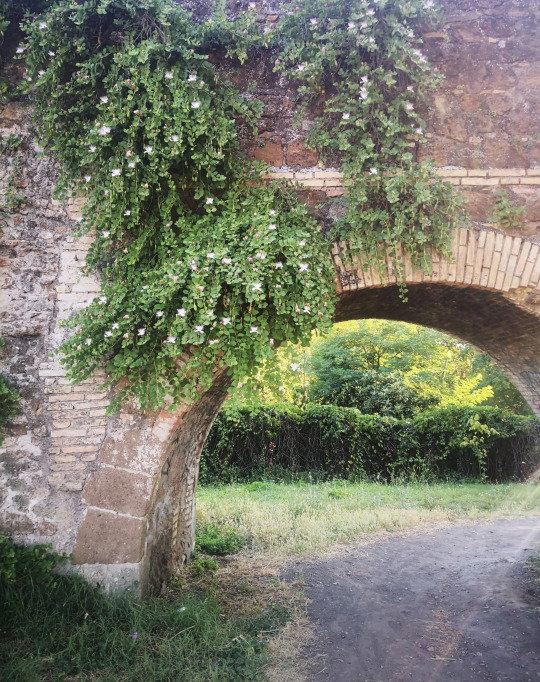
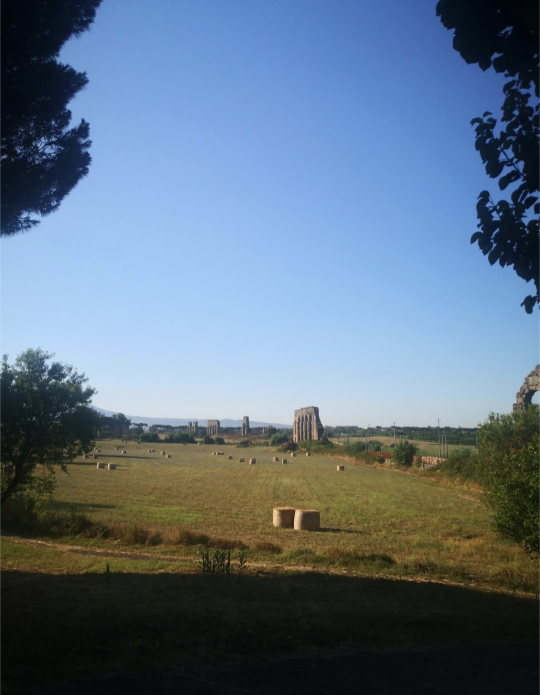
Lungotevere / centro storico swag
Sometimes u (me) gotta flex and be like "oh, look, I live in Rome" and just plot your long run so that you end up by the Vatican or whatever. There's a route along the Tiber river that's technically a bike lane but it's large enough to run safely, and it's really fun for Sunday runs / whenever you have a bit of time to actually get there.
There are other really great running spots in central Rome like any of the parks (Villa Borghese, Villa Ada etc. and EYE don't really do it often but it's very nice)
Here's a pic! Not mine

Country roads take me home etc — Castelli Romani
Hilly towns just outside the city that have veeery fun trails and countryside views! You have to actually get there so it's a bit involved, and then once you're there you're like "why the fuck did I think running up a hill was a good idea?" but if you DO like running up hills, it's fun. I like going in the summer for longer runs and I don't bring any snacks just absolutely gorge myself on blackberries from the bushes.
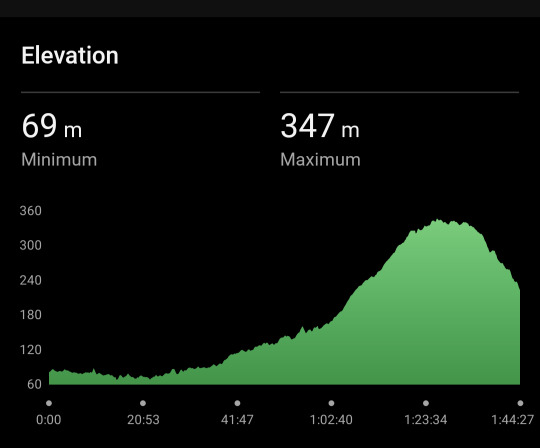
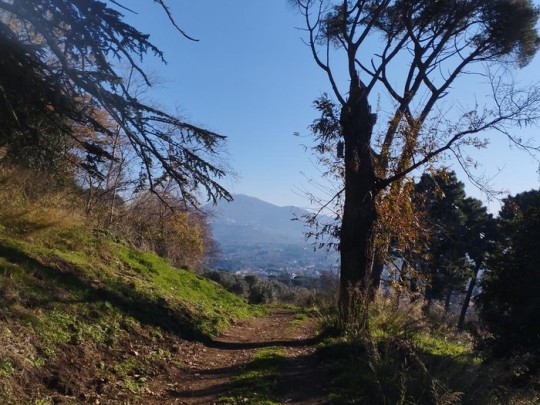
My beloved neighbourhood run.
I love walking out of the door and just going for it! It's very entertaining as far as "neighbourhood routes" go. It's a decently safe area, I can stay well clear of cars, there's a car park I can do sprints in (and, occasionally, will see people fucking in cars, as one does) and some green. I wish it had a bit more elevation, but there's a stretch of road that's decently hilly so I can't complain + there are some VERY interesting characters and sights. Alas, it's within sniffing distance of a bakery AND a steakhouse, so there isn't a time of the day I can run at without getting hungry along the way, but I don't mind — I have been known to plot a route so that I finish right in front of a bakery for breakfast.
no landmark photos for obvious reasons but here are some cute birdies I saw running a few weeks ago
Holiday run!
One thing I really love to do on holiday is go run around a new city / any place I've never been in, and exploring new places while I'm at it. Some of my most beloved holiday memories are of running early in the morning in new places. Sometimes it backfires horribly and you end up on a muddy path at six thirty AM with water in your shoes and frantically trying to match your phone GPS with that of the route you downloaded yesterday, but it's usually worth it. These are a few photos I had on my phone — the beach is somewhere along lake Garda, and it's been years and I still remember that run with a lot of fondness. Also, another time I got lost in the middle of nowhere in Tuscany and ended up chatting with an incredibly MILFy American tourist who was also out running and that too is a fond memory... anyway. Holiday runs my beloved
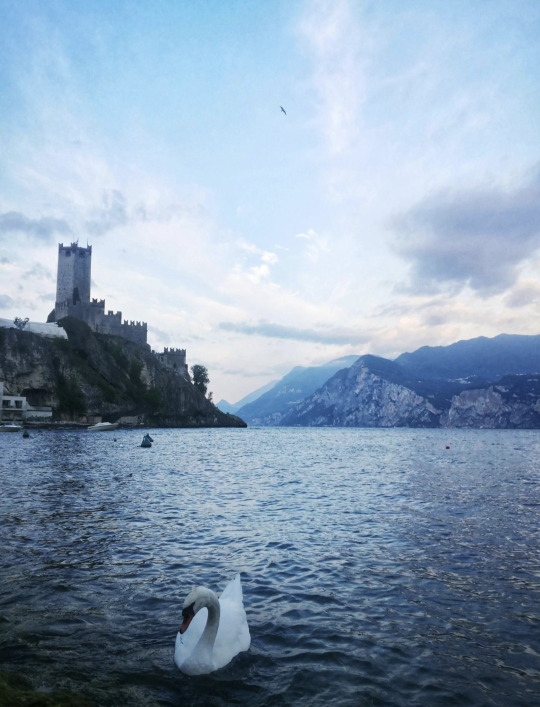
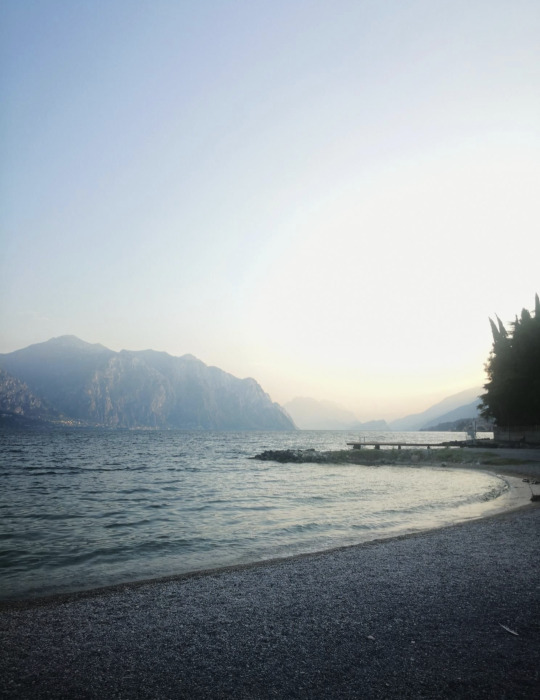
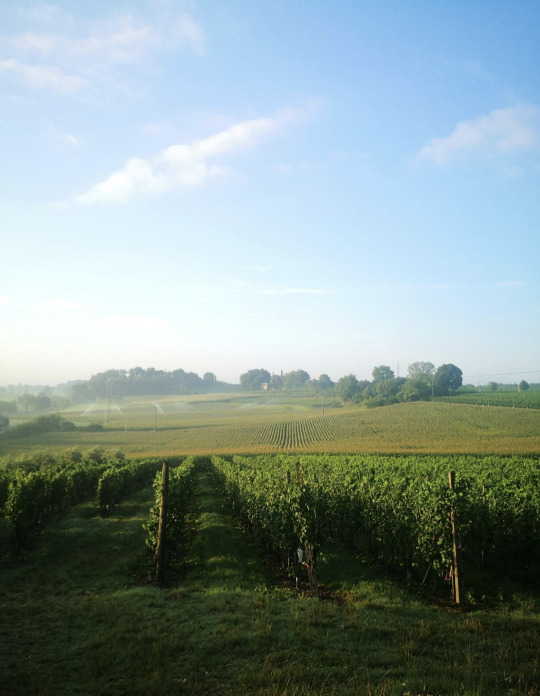
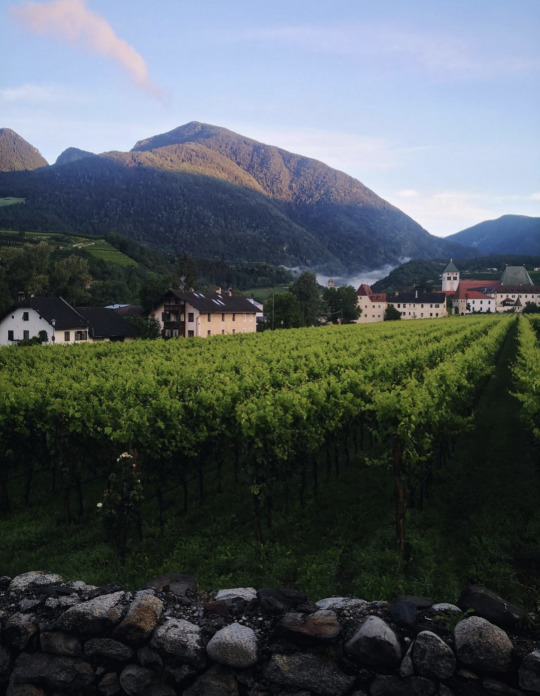
19 notes
·
View notes
Text
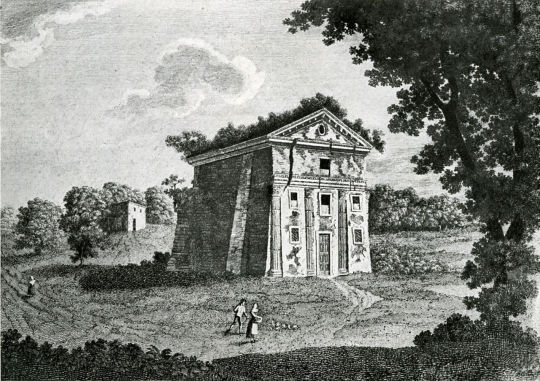
Chiesa Sant'Urbano alla Caffarella (Roma)
5 notes
·
View notes
Text


Bosco della città (na specie de caffarella, dai)
3 notes
·
View notes
Text
Adult Education Theory and Practice at the College Level Introduction Without appropriate paradigms of useful strategy for teaching and learning in adult education, universities and colleges will keep on facing difficulties. One of the major challenges to higher education is dealing with the stereotypes about adult learners. The rationale for these stereotypes is fully embedded. Nevertheless, to the extent that they have a major justification, it appears to fall roughly along the subsequent assumptions: adult learners do not have up to date formal education; as a result, they may lack the necessary study or learning skills. Consequently, they will have a tendency to use less useful techniques of learning in college. In addition, they may show heightened learning difficulties and deficits as an outcome of age-specific weaknesses in intellectual capacities. This paper aims to challenge all of these stereotypes about adult learners and come up with an appropriate approach to adult education at the college level. Adult Development: Cognitive and Intellectual Factors It is possible to develop a unifying model of intelligence that takes into consideration the factors of traditional process, but a broader range of cognitive factors, alongside areas of interest and personality. The below diagram illustrates one paradigm, referred to as PPIK- for ‘intelligence-as-process, personality, interest, and intelligence-as-knowledge’ (Smith & Pourchot, 1998, 151). According to Ackerman (1996), this paradigm merges these four roots of individual-differences variation to produce individual differences in stages of work-related and academic knowledge. This paradigm not merely describes a transition from process to knowledge, but describes as well the possible interconnection between knowledge acquisition and interests and personality. Figure 1. Ackerman’s PPIK diagram (Smith & Pourchot, 1998, 152) For adults, however, this paradigm presents a way for connecting traditional intelligence measures with correct intellectual skills and knowledge measures. Specifically, even though measures of traditional intelligence may somewhat explain adult learning, an appropriate evaluation of adult knowledge necessitates evaluation of adult intellect (Rubenson, 2011). Several knowledge components can be sufficiently assessed using current rankings of occupational competence and college-level proficiency, yet these rankings only start to recognize adult intelligence (Ackerman, 1996). Nevertheless, by employing an integrated assessment method that allows for traditionally evaluated interests, personality, and intellect, a more inclusive assessment of adult intelligence could be achievable. Furthermore, one can also integrate features of motivational abilities into the developmental paradigm (Merriam, Caffarella, & Baumgartner, 2007) since they affect the relationship between knowledge acquisition and interest. There are three particular uses of intellectual evaluation for the purposes of adult education, that is, selection, categorization, and teaching. The PPIK model proposes a number of capable uses all over these three application domains. Selection. The PPIK model of adult intelligence, to begin with, indicates that assessment of adult academic achievement will be enhanced when evaluations are performed on individual differences in important knowledge components, instead of the conventional college admission tests. Because of knowledge acquisition’s developmental evolution, according to Smith and Pourchot (1998), older adults may be predicted to score higher than younger adults on intelligence exams, an outcome that is in agreement with the findings that older adults are predisposed to achieve higher in postsecondary classes than younger adults with the same scores on usual college admission exams, like the American College Testing (ACT). Categorization. The mission of locating the most favorable area of interest for adults going back to school presently needs ability. The PPIK model presents an explanation for locating, particularly, the existing knowledge of adult learners. Read the full article
0 notes
Link
Tre uomini senza fissa dimora sono stati arrestati dai carabinieri a Roma con l'accusa di aver violentato una donna di 40 anni nel parco della Caffarella. L'episodio di violenza di gruppo è avvenuto il 14 ottobre. La vittima, dopo aver subito lo stupro, è stata notata da un passante mentre camminava in stato confusionale nel parco. Un'ambulanza l'ha portata all'ospedale San Giovanni, dove è stata attivata una procedura per le vittime di violenza sessuale. Secondo la testimonianza della donna, essa era stata portata in una baracca da un conoscente a cui aveva chiesto una dose di crack. Dopo aver consumato droga, il conosciuto le avrebbe chiesto un rapporto sessuale, e di fronte al suo rifiuto, l'avrebbe picchiata e violentata insieme a un altro senzatetto. La violenza sarebbe stata reiterata da un terzo uomo sotto la minaccia di un fucile puntato alla testa. Le indagini hanno raccolto gravi indizi di colpevolezza contro due uomini di nazionalità indiana, di 31 e 33 anni, e un pakistano di 30 anni, grazie all'analisi delle telecamere di sorveglianza e alle testimonianze. Durante un sopralluogo nella baracca, sono stati trovati e sequestrati un fucile calibro 28 e sei cartucce. Gli uomini sono stati così condotti in carcere con le accuse di violenza sessuale di gruppo e detenzione illegale di arma comune da sparo.
0 notes
Text
Det er mange interessante ting å gjøre i denne byen, men jeg ender alltid opp med å dra tilbake til de samme stedene. Mine favorittsteder er Villa Pamphili (hvor man kan se mange skilpadder), Parco Caffarella (hvor man kan se mange kaniner), og Largo di Torre Argentina (hvor man kan se mange katter). Ja, jeg elsker jo dyr!
1 note
·
View note
Text
EDS 131 - BLOG 1

Module 1 Takeaways...
Adult learners bring distinct characteristics and motivations to the learning environment, which shape the context of adult education and necessitate tailored approaches to teaching and learning. Understanding these factors is crucial for designing effective adult learning programs. Adult learners are characterized by their ability to be self-directed and having amassed a wealth of prior experiences that inform their learning. Their learning is often pragmatic, focused on immediate applications, and responsive to local needs. Therefore, curriculum design should prioritize practical, task-oriented activities that reflect real-life situations and foster active, self-directed learning. Recognizing prior and informal learning is also essential, as it validates adults' experiences and encourages continued engagement in education.
Adults engage in learning activities for various reasons, including professional development, personal fulfillment, and leisure. These motivations can be categorized, as Houle (1961) and Johnstone and Rivera (1965) suggested, into goal-oriented, activity-oriented, and learning-oriented learners. However, these motivations are often challenged by significant barriers. Institutional barriers, such as high fees and stringent admission requirements, situational barriers like geographic location and family responsibilities, and dispositional barriers, including attitudes and perceptions, all impede adult participation in education.
Personally, as someone that fits early adulthood (age: 20), I noticed that my preferences in learning revolves mostly on problem-centered, contextualized, semi-guided activities where I and my classmates engage in stimulating discussion—which bears some semblance to learning fit for adult learners. In hindsight, like others, I have also struggled with my fair share of learning obstacles, most frequently I struggle with situational barriers, like assisting with our family business and chore-related commitments, and dispositional barriers, like having short attention span and more laidback approach to learning.
Module 2 Takeaways...
The various perspectives on adult development have deepened our collective understanding of adult learners’ motivations, barriers to learning, and implications for adult education. Clark & Caffarella (1999) argue that generic views of development often rely on approximation, in turn, blurring boundaries. This is why they proposed a typology of developmental theories to help categorize each cluster of assumptions, these can be broken down into: (1) biological, (2) psychological, (3) sociocultural, and (4) integrative perspectives. The biological perspective views adult development as a continuous process of physical and biological changes. The psychological perspective emphasizes the development of an individual’s mind and behavior, focusing on personal growth, emotions, and cognitive changes. The sociocultural perspective highlights the influence of social structures, cultural norms, and societal roles, recognizing how factors like race, gender, and class shape adult development.
When analyzing the various perspectives on adult development, I find that the integrative approach resonates the most with my experiences, as it offers a comprehensive understanding of how we evolve throughout life. The biological perspective reminds me that while aging is often seen as a decline, I view it as a continuous process of growth, where every change in our body reflects the maturation we've undergone—something I find truly fulfilling to observe. Whereas, the psychological perspective reflects the personal experiences that shaped who I am today, such as how I developed a growth mindset by embracing my mistakes and learning from them. Meanwhile, the sociocultural perspective emphasizes how external factors like societal expectations have influenced my development, from how I behave on and offline and even my evolving aspirations in life. By integrating all these perspectives, I gain a deeper, holistic understanding of adult development, recognizing that no single approach can fully capture the complexity of my experiences.
Cross's (1981) exploration of crystallized and fluid intelligence, horizontal and vertical development, and personality in learning provides a comprehensive view of how adults continue to grow and learn throughout life. Fluid intelligence, or innate problem-solving abilities, declines with age, while crystallized intelligence, gained through education and experience, increases over time, allowing older adults to remain intellectually engaged. Horizontal development reflects the progression through life stages, whereas vertical development highlights the increasing complexity of thought as individuals move from simplistic to multifaceted understandings of the world. Personality, shaped by age and experience, also plays a crucial role in how adults learn, as older individuals tend to adopt a more passive and reflective approach compared to the active and change-driven nature of younger people. Despite the physical and cognitive changes associated with aging, Cross suggests that learning can persist well into older adulthood, supported by assistive technologies and a greater reliance on accumulated knowledge.
Meanwhile, Hofer's (2001) explication of personal epistemology highlights the critical role that individuals' beliefs about knowledge and knowing play in the learning process. By understanding how students conceptualize knowledge—whether they view it as fixed or evolving—educators can tailor their instructional methods to foster deeper intellectual engagement. Advanced epistemological beliefs align with constructivist learning environments, where knowledge is constructed through inquiry and critical thinking, while more traditional, objectivist approaches suit those with less developed epistemological perspectives. Hofer emphasizes the need for educators to challenge students' thinking, encourage reflection, and support cognitive and emotional growth to promote epistemological development. This growth is integral to helping learners transition from viewing knowledge as absolute to recognizing its complexity, thus preparing them for lifelong learning and informed decision-making.
Module 3 Takeaways...
Knowles' andragogical model emphasizes self-directed, internally motivated learning, contrasting with traditional pedagogical theories that often focus on teacher-directed, dependent learners, typically children. Andragogy is built on the principles that adults are autonomous, experienced learners who are motivated to learn when it aligns with their personal and professional goals. In comparison, pedagogy is more structured, with learners relying on the instructor for guidance. From my own learning stance, I find myself leaning more towards andragogy, particularly in my level of self-direction, where I take control of my learning process. However, in some contexts, especially when faced with unfamiliar challenges, I lean on pedagogical methods, reflecting a balance between both approaches. Using McClusky’s theory of margin, I recognize how my “power” (skills, resources, and support) influences how I manage academic "loads" like deadlines and complex tasks, helping me navigate various learning situations.
In applying situated cognition and critical pedagogy, education becomes a social and reflective process, where knowledge is constructed in relation to real-world social issues. Critical pedagogy encourages learners to question societal norms and promotes democratic values, using dialogue and reflection on personal experiences as key tools for learning. Teachers in this framework act as facilitators, guiding students in challenging dominant societal structures while encouraging critical thinking.
Perkins and Salomon’s (1992) theory of transfer also adds valuable insight, particularly in how knowledge is applied across contexts. Positive transfer occurs when past knowledge enhances new learning, while negative transfer hinders it. For example, reflexive or low-road transfer can be promoted by practicing related tasks, like learning to play bass guitar after mastering the guitar. Meanwhile, high-road transfer requires mindfulness and abstraction, such as applying principles learned in one discipline to solve complex problems in another, especially in distance or traditional learning settings. Understanding these different forms of transfer is essential for ensuring that learning is meaningful and adaptable across various educational contexts.
Module 4 Takeaways...
Evaluating the practical applications of workplace learning theories reveals their deep interconnections with adult education theories such as situated cognition, cognitive apprenticeship, critical pedagogy, and transfer of learning. Situated cognition emphasizes the importance of learning within the context of actual work tasks. According to Fenwick (2010), embedding learning in the real-world work environment aligns with Billett’s view that workplace activities are structured and pedagogical. This approach ensures that learning is contextually relevant, directly applicable, and reflective of the complexities of organizational practices. Similarly, cognitive apprenticeship, which involves learning through guided participation and expert modeling, mirrors the principles of mentoring and on-the-job training. Fenwick’s acknowledgment of diverse learning methods in workplaces supports Billett’s perspective that such environments facilitate gradual skill acquisition through structured activities, akin to vocational training curricula.
Critical pedagogy, which promotes empowerment through critical reflection and challenging power structures, intersects with workplace learning by addressing the social dynamics and inclusivity issues present in work environments. Fenwick’s observations on power dynamics within workplaces align with Billett’s argument that workplace learning is influenced by historical and cultural factors. This perspective encourages a critical examination of workplace practices and fosters an environment where employees can question and reshape their organizational context. Additionally, the theory of transfer of learning, which focuses on applying acquired skills to new situations, is supported by both Fenwick and Billett, who emphasize that well-structured workplace environments enhance the relevance and applicability of learning experiences across different contexts.
Applying Sternberg's theory of successful intelligence can enhance effectiveness in various work activities by leveraging analytical, creative, and practical intelligence. Adapting to context involves recognizing and responding to specific workplace challenges, reflecting the situated cognition approach. Shaping opportunities for learning, akin to cognitive apprenticeship, involves actively seeking mentorship and feedback to refine skills. Selecting strategies that align with personal and organizational goals, as advised by critical pedagogy, involves applying critical thinking and reflective practices. By integrating these aspects, one can navigate complex work environments effectively, drawing on a balanced use of analytical, creative, and practical intelligence to achieve professional success and continuous personal growth.
References:
Arinto, P. and Bandalaria, M. (2009). Lifelong learning. EDDE 211 Course Manual: Module 4 – Adult education and learning, Sections 1 and 2, pp. 1-3. University of the Philippines Open University.
Hansman, C.A. and Mott, V.W. (2010). Adult learners. In The centrality of the adult learner and adult learning, Chapter 1, pp. 13-23. Sage Publications. Available at http://www.sagepub.com/upm-data/34503_Chapter1.pdf
Foley, G. (2005). A framework for understanding adult learning and education, Table 1.3: Schools of thought in adult education and training (p. 12). In G. Foley (ed.) Understanding adult education and training, Chapter 1. NSW, Australia: Allen & Unwin.
Cyr, A.V. (1999). Overview of theories and principles relating to characteristics of adult learners: 1970s-1999. Eric On-line Publication, 1999-09-30. Available at http://www.eric.ed.gov/PDFS/ED435817.pdf
Cross, P.K. (1981). Why adults participate—and why not. In Adults as learners: Increasing participation and facilitating learning, Chapter 4, pp. 81-108. San Francisco, CA: Jossey-Bass Inc., Publishers.
Clark, M. C. and Caffarella, R.S. (1999). Theorizing adult development. In An update on adult development theory: New ways of thinking about the life course, Chapter 1, pp. 3-8. New Directions for Adult and Continuing Education, No. 84. San Francisco: CA: Jossey-Bass.
Cross, P.K. (1981). Patterns of adult learning and development. In Adults as learners: Increasing participation and facilitating learning, Chapter 7, pp. 152-185. San Francisco, CA: Jossey-Bass Inc., Publishers.
Hofer, B.K. (2001). Personal epistemology research: Implications for learning and teaching. Journal of Educational Psychology Review, Vol. 13, No. 4. Available at http://www.scipie.net/docs/2009/3_Hofer_JEPR_2001.pdf
Knowles, M.S., Holton, E.F., III, and Swanson, R.A. (2005). The adult learner: The definitive classic in adult education and human resource development, 6 and 61-72. Burlington, MA: Elsevier.
Workplace ‘learning’ and adult education (Fenwick, 2010)
Billett, S. (2001). Participation and continuity at work: A critique of current workplace learning discourses. Context, Power and perspective: Confronting the Challenges to Improving Attainment in Learning at Work. Joint Network/SKOPE/TLRP International workshop 8-10th November 2001, Sunley Management Centre, University College of Northampton. Vignettes: Excerpts from Robert Sternberg’s. (1997). Successful Intelligence.
0 notes
Text
Exploring the Beauty of Rome's Natural Parks
Rome's natural parks offer a serene escape from the bustling city, providing a haven of tranquility and natural beauty. These parks are rich with diverse flora and fauna, historical landmarks, and picturesque landscapes that invite visitors to unwind and explore. From the ancient ruins nestled within Parco della Caffarella to the lush greenery of Villa Borghese, Rome's natural parks are perfect for leisurely strolls, picnics, and outdoor activities. Whether you're a nature enthusiast, a history buff, or simply looking for a peaceful retreat, the natural parks of Rome promise a refreshing and enriching experience. Discover the hidden gems and scenic wonders that make these green spaces a cherished part of Rome's heritage. For more details visit our website www.ridingancientrome.it
#horseback riding#riding horse#horse rental#equestrian horse#horseback riding tours#horse and ride#horse back#horseback riding near me#equestrian riding#riding tour#equestrian horse riding#ride the horse#horse riding stables#horse stable rentals#horse riding a horse#horseback riding stables#history of ancient rome#natural park#sport activity#rome natural park#rome ancient history sites#ANCIENT ROME#guided tours of Rome#Activities in Rome
0 notes
Text


20 notes
·
View notes
Text

Parco della Caffarella
Rome, 05/10/2025
Photo by Lisa Vitale
#photography#urban photography#italy#landscape#original photographers#photographers on tumblr#rome#ancientmonuments#nature photography#via appia#appia antica
22 notes
·
View notes